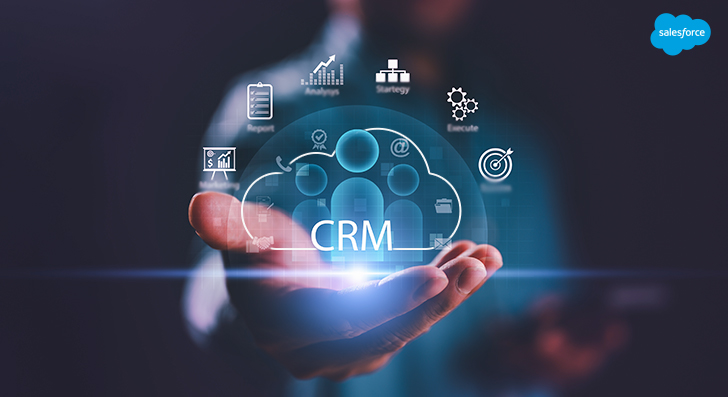Looking for a Salesforce consultant in Sydney? You probably get how much a good CRM matters if you want your business to grow. Right now, Sydney’s full of companies chasing faster workflows, happier customers, and automation that just works. That’s where the right Salesforce experts step in—they show you how to actually use the platform to change the way you work, not just add another tool.
Salesforce is a beast, but it only delivers if you set it up right, tweak it for your team, and keep it running smoothly.
Why Sydney Businesses Want Real Salesforce Pros
Sydney’s not an easy market. It doesn’t matter if you’re launching a startup or running a big company—your team needs a CRM that actually boosts productivity and helps you grow for the long haul. When you’ve got a skilled Salesforce partner on your side, your whole system gets built the right way from the start.
People turn to consultants for a reason:
- They cut down on busywork
- They help you talk to customers better
- You see sales numbers in real-time, not last week’s guesses
- Teams get their workflows automated instead of juggling a million tabs
- Everything connects—apps, sites, payments, you name it
With the right help, Salesforce doesn’t just sit there. It powers your growth.
Big Wins From Sydney’s Salesforce Consultants
A good team of Salesforce consultants in Sydney helps you squeeze every drop out of the platform. Here’s what you get:
Tailored CRM Setup
No one likes cookie-cutter software. Consultants build a CRM that actually fits your business instead of forcing you to fit the software.
Advanced Customisation
Want custom dashboards? Automated sales flows? If you can dream it up, Salesforce can probably do it.
Seamless Integrations
Link Salesforce to your ERP, website, marketing tools, payment systems—all the stuff your business runs on.
Cleaner, Smarter Data
They help you sort out messy data so you get insights you can trust.
Quicker Implementation
A smart rollout saves you headaches, wasted hours, and helps your team hit the ground running.
Why You Need a Salesforce Developer in Sydney
Having the right CRM is only half the story. You also want a Salesforce developer who can:
- Build custom apps
- Connect APIs
- Create Lightning components
- Write automation scripts
- Upgrade workflows
These folks turn your wish list into real solutions inside Salesforce.
How Sydney Salesforce Consultants Fuel Growth
Work with the right consultants and here’s what you’ll notice:
Better Decisions
Live dashboards show you what’s happening in sales, support, and marketing.
More Efficiency
Automations handle the grunt work, so your team can focus on what matters.
Stronger Customer Relationships
Personal follow-ups and better communication keep people coming back.
Higher Productivity
Sales, support, and marketing all pull in the same direction.
Room to Grow
As your business changes, your CRM grows with you.
Who’s Getting the Most Out of This in Sydney?
- Finance & Fintech: Secure workflows, smarter customer tracking
- Real Estate: Lead management, instant follow-ups
- Healthcare: Patient tracking, compliance made easier
- Retail & eCommerce: Customer journeys, order management
- Professional Services: Projects and clients, all in one place
Honestly, every industry gets more out of Salesforce when it’s set up right.
The Bottom Line
Bringing in a top-notch Salesforce consultant in Sydney is one of the best moves you can make if you want a business that’s ready for the future. With the right advice, development, and CRM strategy, you can run smoother, serve customers better, and scale up without hitting a wall.
Salesforce isn’t just software. It’s a whole growth engine. And with the right partner in Sydney, you can finally tap into everything it can do.




